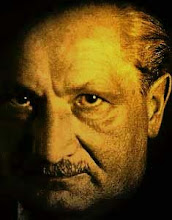| No pictures? Click HERE |
 |
 |
The horse family of the present day is divided, like most other families, into two factions, which may be described for variety's sake as those of the true horses and the donkeys, these latter including also the zebras, quaggas, and various other unfamiliar creatures whose names, in very choice Latin, are only known to the more diligent visitors at the Sunday Zoo. Now everybody must have noticed that the chief broad distinction between these two great groups consists in the feathering of the tail. |
pay attention to this
Subscribe to:
Post Comments (Atom)






No comments:
Post a Comment